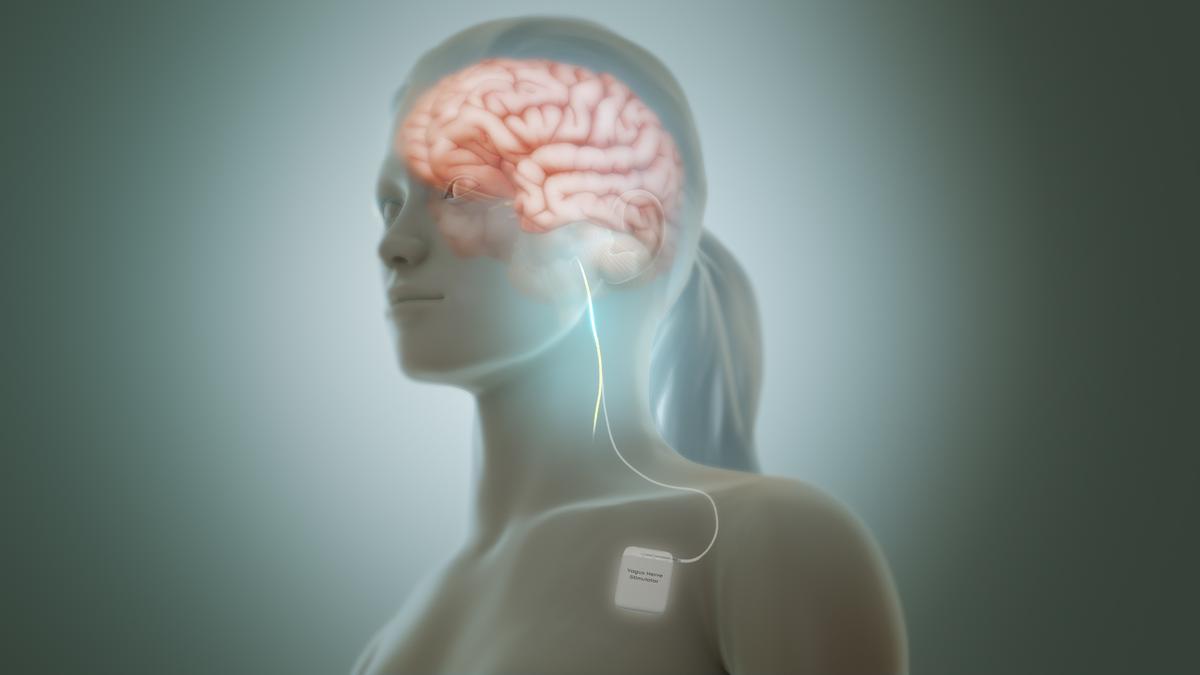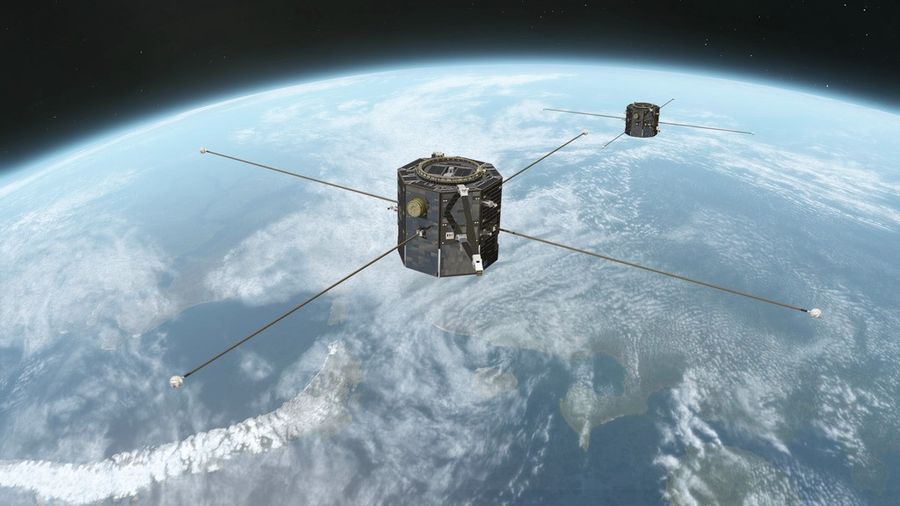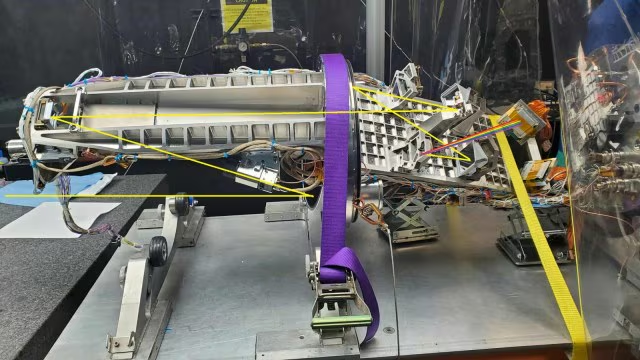




Source: SCIENCENEWS
Disclaimer: Copyright infringement not intended.
To detect high-energy neutrinos, scientists have deployed underwater telescopes like the Cubic Kilometre Neutrino Telescope (KM3NeT) in the Mediterranean Sea offering unique advantages over land-based and ice-bound observatories such as the IceCube Neutrino Observatory.
Read about ghost particles/Neutrinos: IAS GYAN
Neutrinos often called ghost particles are elusive subatomic particles that interact weakly with matter.
Neutrinos are fundamental subatomic particles similar to electrons but without any electric charge.
Second only to photons, neutrinos are incredibly abundant with approximately a billion passing through a cubic centimeter of space every second.
First detected in 1959, their existence was theorized as early as 1931.
Generated by cosmic phenomena such as supernovae, gamma-ray bursts and colliding stars.
Rare but vital for understanding astrophysical events.
Neutrinos can penetrate dense dust clouds allowing the study of shrouded regions like the Milky Way's center.
Provide data on cosmic ray production mechanisms.
Offer potential insights into the elusive nature of dark matter.
High-energy neutrino detection could lead to groundbreaking discoveries beyond current scientific imagination.
Neutrinos interact weakly making them extremely hard to detect.
Despite their abundance, interactions with matter are rare — only one neutrino interacts with a human body during a lifetime.
Large volumes of optically transparent material (e.g. water or ice).
Darkness to detect Cherenkov radiation, the faint light emitted when neutrinos interact with molecules.
Water scatters light less than ice improving the precision of neutrino origin tracing.
The Mediterranean Sea provides vast volumes of clear, dark water for observation.
Water absorbs light more than ice reducing the amount of Cherenkov radiation available for analysis.
Overcoming these challenges requires advanced technology and calibration.
Feature |
Underwater Telescopes (KM3NeT) |
IceCube Neutrino Observatory |
|
Location |
Mediterranean Sea |
Antarctic ice |
|
Optical Scattering |
Less scattering; precise tracking |
More scattering; less precise |
|
Optical Absorption |
Higher absorption; less light |
Lower absorption; more light |
|
Operational Efficiency |
Promising future potential |
Established and operational |
Sources:
|
PRACTICE QUESTION Q.Examine the significance of underwater neutrino telescopes in advancing our understanding of cosmic phenomena and dark matter. 250 Words. |






© 2025 iasgyan. All right reserved